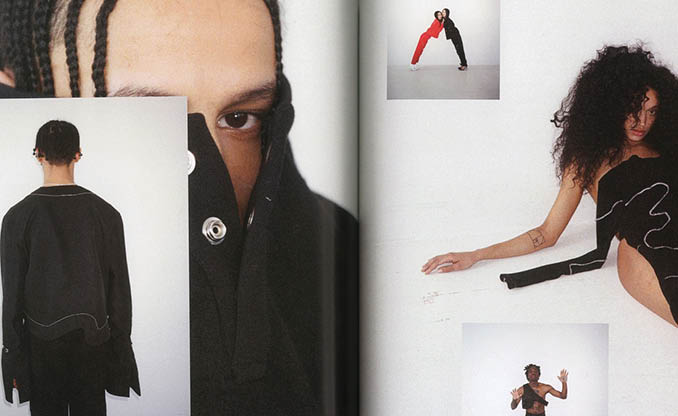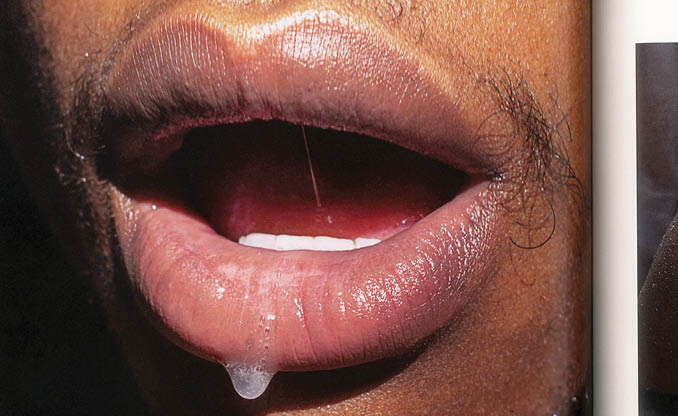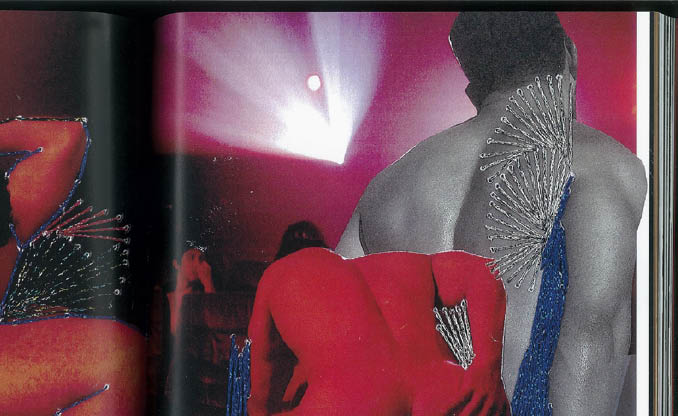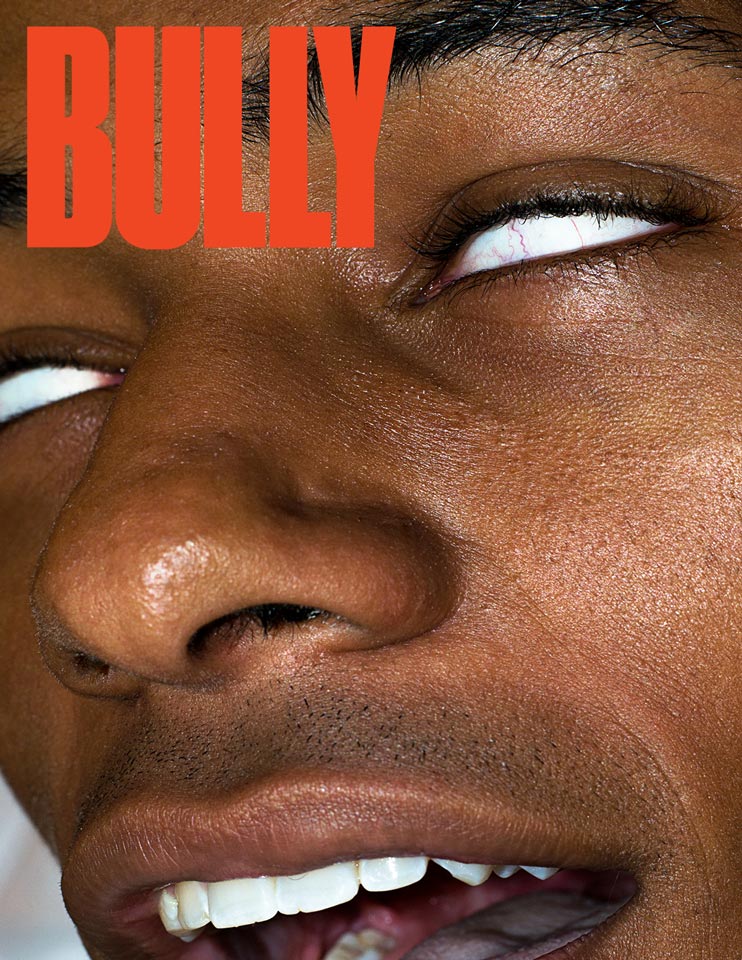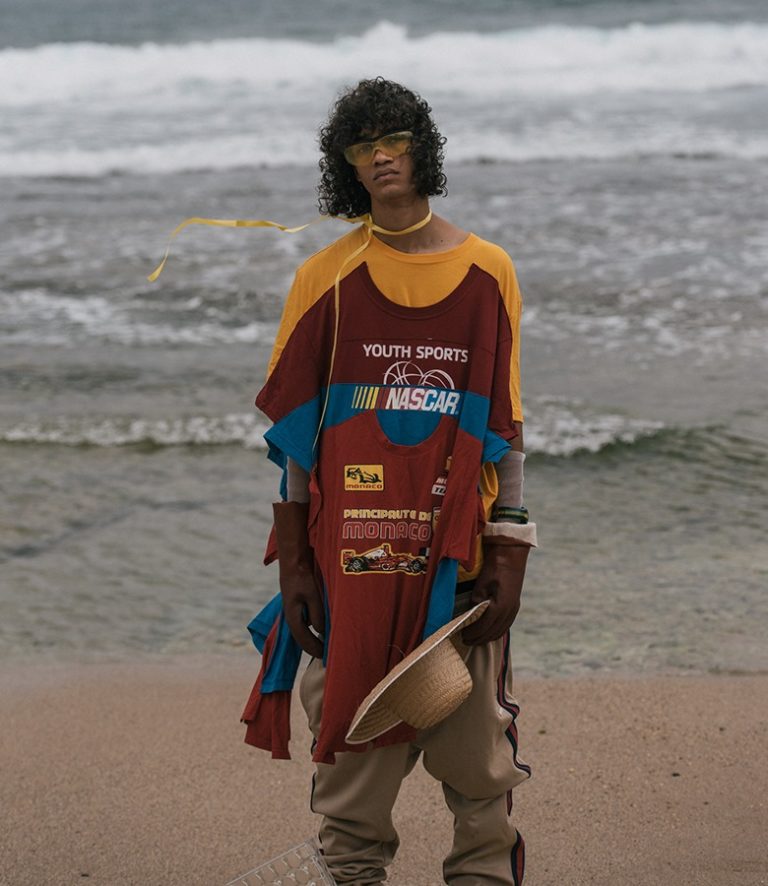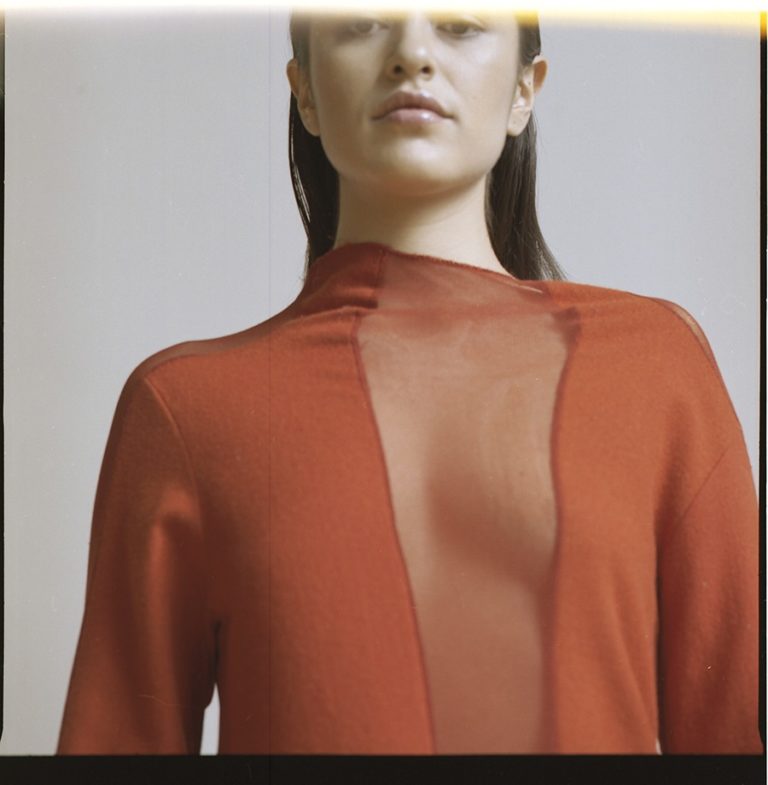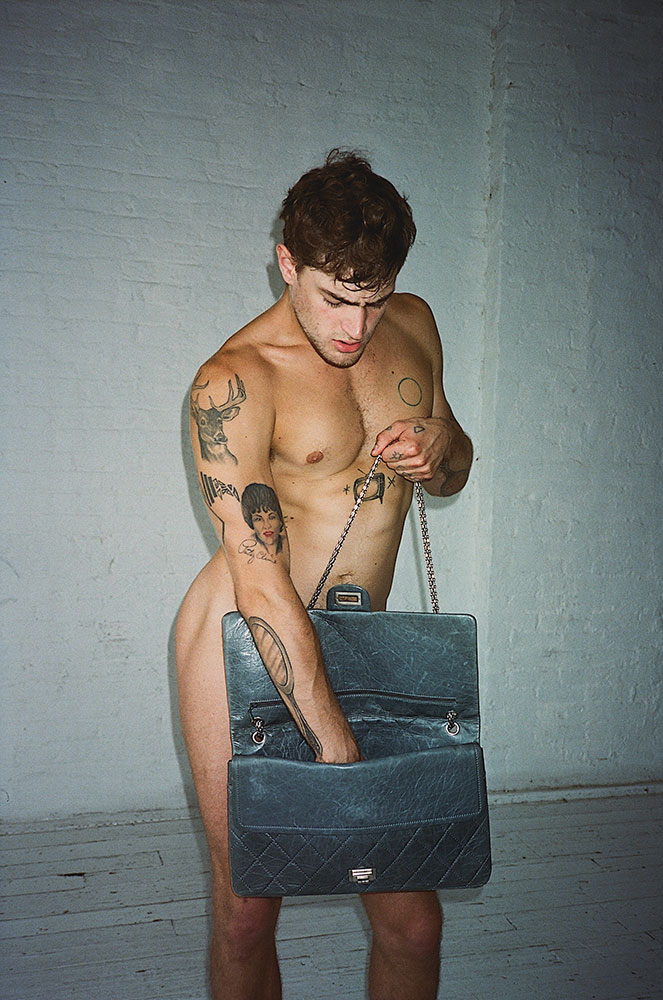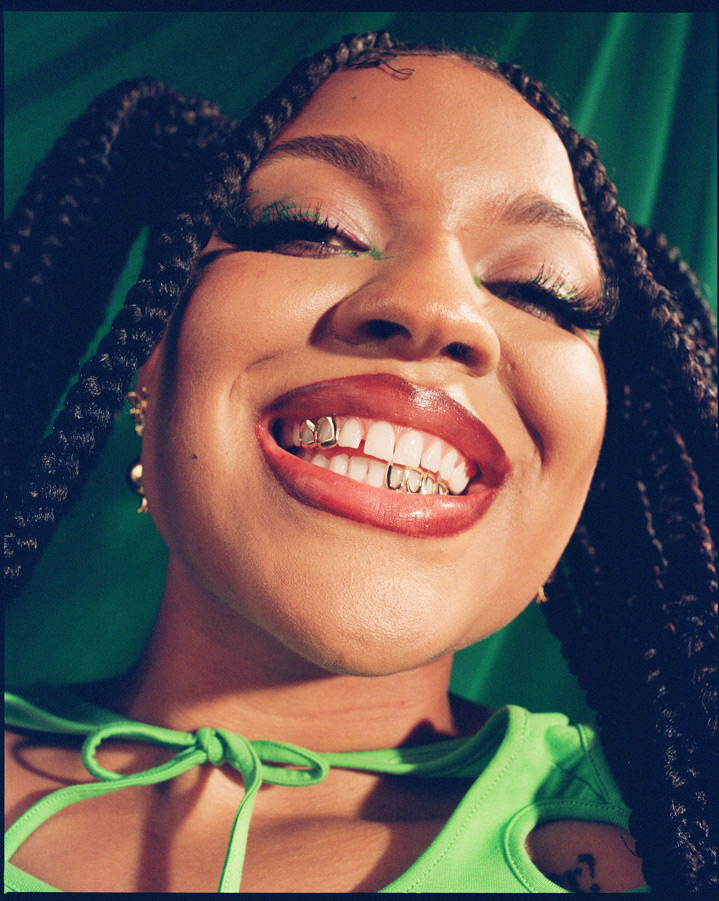
SHAPESHYFTER
IN CONVERSATION WITH MYST MILANO
Euphoria is difficult to describe but you know it when it arrives. For Myst, there’s a specific moment that stands that out. “I did get the text from my manager while I was at the BULLY shoot which was cool and exciting,” they recall describing what it was like when they found out their album, SHAPESHYFTER, was longlisted for a 2022 Polaris Music Prize. The prestigious award is given out annually to a Canadian artist as an acknowledgement for their breadth of creativity in a particular body of work.
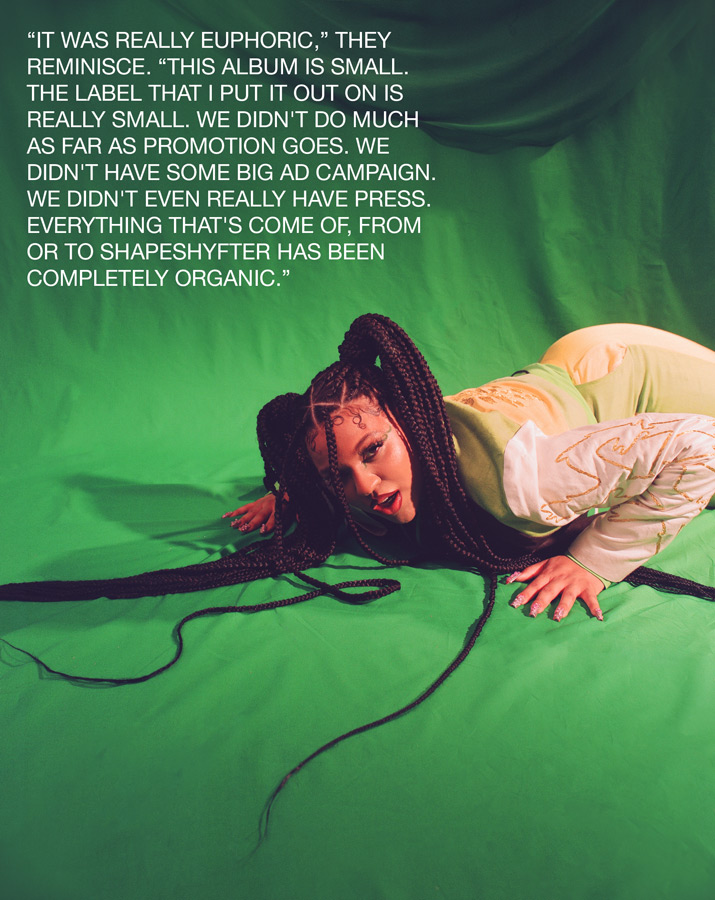
Though that moment was one that we shared with them, there’s a timeless offering of euphoria that Myst shared with us and the rest of the world: the score to the beauty in adapting via SHAPESHYFTER.
SHAPESHYFTER is more than just the name of the multidisciplinary artist’s debut, it’s a way of life and one that carries listeners from one track to the next. Where “No Shade” drips with unfiltered bravado, “All Filler” is a declarative and sharp observation that challenges shallow bonds people tend to create with one another and “Shut Me Up,” which samples Henry Rollins “Madonna,” is a bold expression of delicious sexual desires.
The album also acts as a reference for their affinity for another space that requires the ability to evolve: ballroom. Though its roots are in New York, Toronto’s scene, by way of the Toronto Kiki Ballroom Alliance, has been steadily growing and the artist, who is a DJ within the community, has done the same alongside it. Ballroom, too, is beyond a hobby. It has contoured Milano’s creative practice and way of living, but the attitude that ballroom is home to—of hunger, of drive, of passion, evolution, persistence—are characteristic that they have embodied.
Myst Milano spoke with BULLY to discuss what drives their creative interests, the sacredness of ballroom and what informs their style.
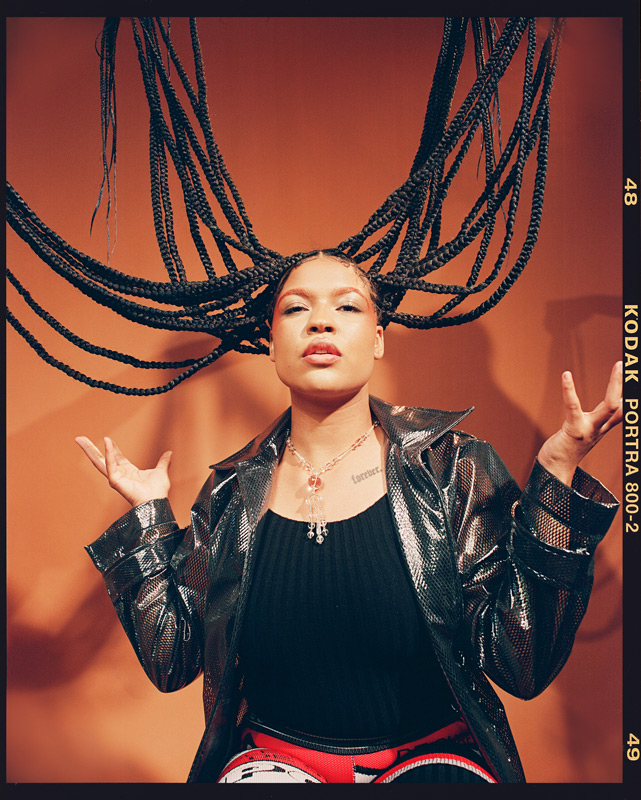
Biker Shorts Giu Giu. Body Unitard worn underneath Giu Giu. Laminate Trench kkco. Shoes Models own
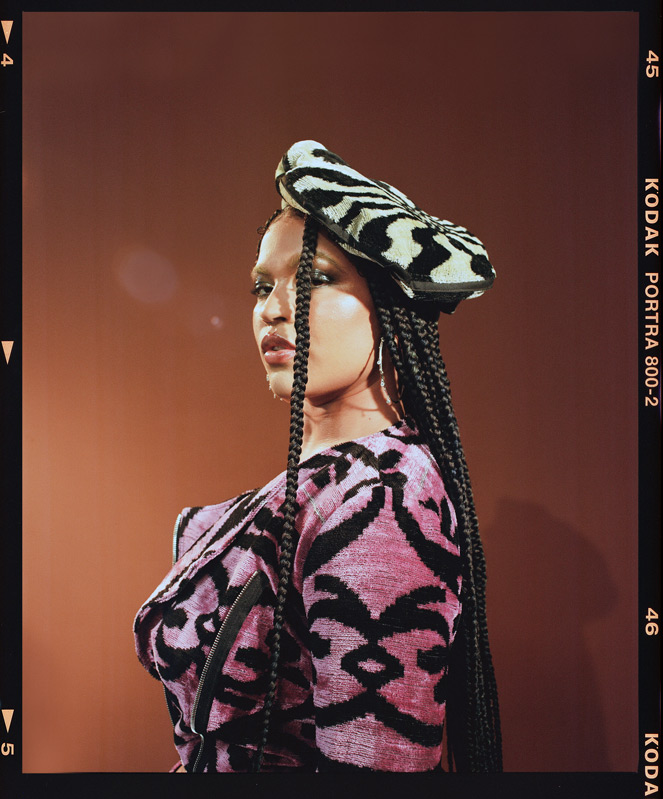
How did SHAPESHYFTER come together?
During the pandemic I was able to get a new laptop. My old laptop was about 10 years old, falling apart and had been for a long time. I was using Logic Pro on it, but the program didn’t really fit me or made a lot of sense to me. I was still making music on it and still making music that I liked, but it was just kind of counter intuitive. A lot of us got CERB and I was able to get a new laptop and get Ableton Live, which I had wanted for a really long time. The world was so shut down and because I didn't have to work or anything. I was able to teach myself the program and start producing a couple of the songs off of SHAPESHYFTER. "Oh Boy" was the first song that I made and I spent the better part of the two months that we had in the beginning of the pandemic before the protests making music and watching YouTube videos on how to use the program.
Which track was the most challenging to create or demanded the most from you?
“Oh Boy” probably took the longest and was probably the hardest one for me to make too, especially because it's a little more personal in comparison to a couple of the other songs on the project. The arrangement took me a while to figure out and get to where I wanted it to be and the lyrics took me a while too which isn't usually how I work. Most of the time when I make a song, it'll only take me a couple days tops because I like to get swept away with the inspiration rather than sit on something. I know some people are a little more left-brained about their creativity. They like to go through things in a kind of compositional and mathematical way to pick it apart and be really exact with everything but I really like to make the things that are pulling at me and ride the wave as much as I can. With “Oh Boy,” it was kind of counterintuitive for me to be spending so much time on it.
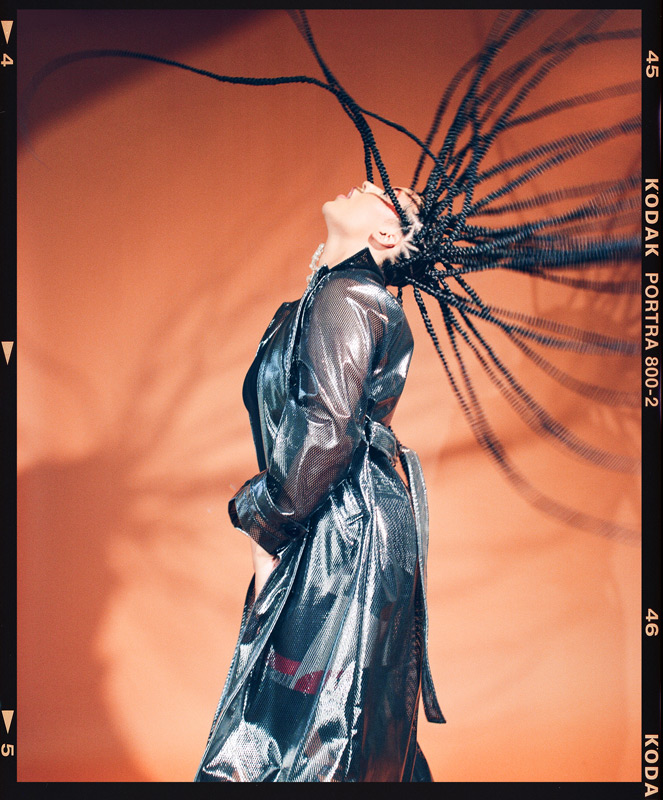
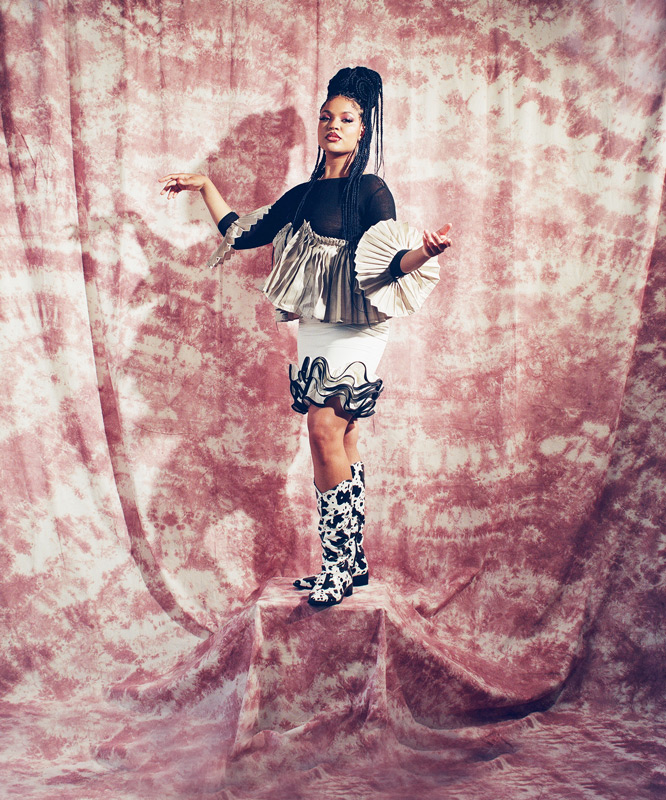
Pleated Top Kepler. Blazer vintage 96 Tears vintage. Skirt Maryam Nassir Zadeh. Boots Models Own
For those who might not be aware, what is the Toronto Kiki Ballroom Alliance (TKBA) and how do the Kiki houses differ from the mainstream houses?
The TKBA is the home of Toronto ballroom. It's about 15 years old, which, in comparison to the main ballroom scene, is very, very small. It's a young scene, but it's the oldest of the foreign ballroom scenes worldwide. Toronto was actually the first place in the world to have another ballroom scene [outside of New York City]. The difference between kiki houses and mainstream houses, or real houses as they're also called, is that kiki houses are more like an amateur league, if we were to compare it to sports. It started as a drop-in for youth and has become a place where you would practice walking balls. The real scene is more like a major league where you understand how ballroom works: you understand your category, you've excelled in it and so you'd be walking for bigger prizes and for more notoriety in the scene.
When did you find out about ballroom and ballroom culture in Toronto and what drew you to it?
I've been interested in ballroom culture since I was probably like 13 or 14 years old. I first heard about Paris is Burning on Drag Race and it was kind of a big deal on Tumblr. I ended up watching it and falling in love with the barroom scene and really seeing myself in the people and in the characters that I saw in the documentary. On Tumblr, there were a lot of people sharing clips from actual balls in New York City. I was seeing these vogue clips and these battle clips and wanted to go to one and be a part of it.
When I moved to Toronto in 2016 I remember asking one of the first friends I made if there were balls here. She said, ‘Yeah, but it's really small. It's not even worth going to.’ For the next couple of years I wasn't really seeking out ballroom because I was dissuaded from it. But in 2018, a friend of mine, Jenny LeWint, was DJing for Mix Mix Dance Collective’s showcase.
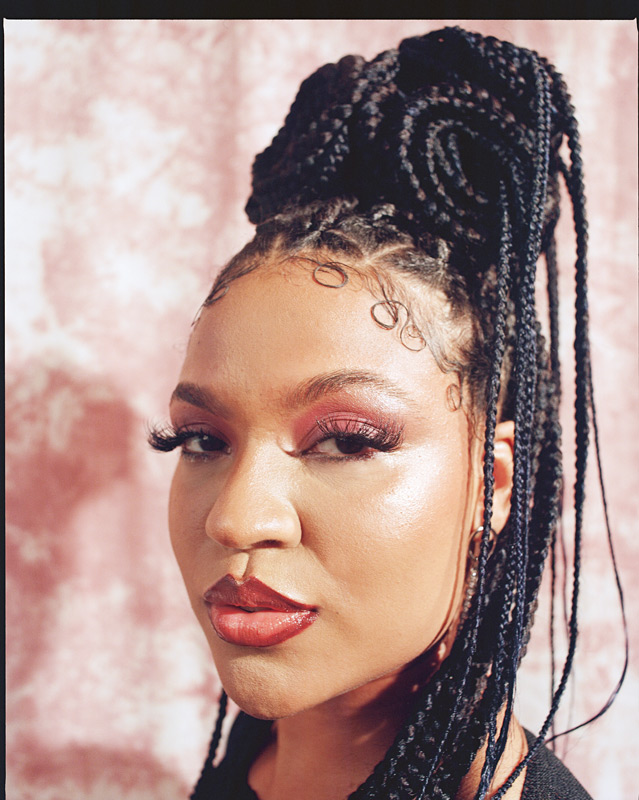
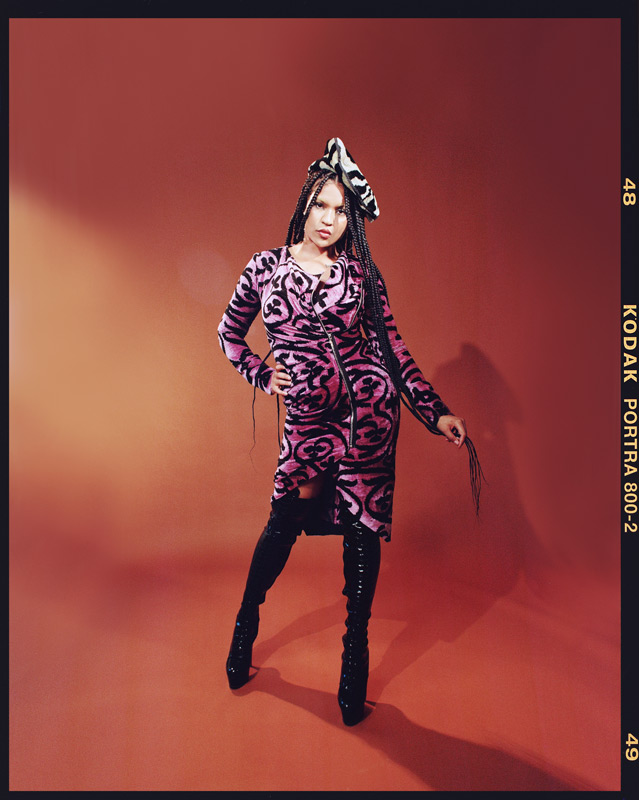
Full Look 100% SILK BRAND. Boots Models own
They brought up Jose Extravaganza, who is the father of the House of Extravaganza. He's a ballroom icon, he taught Madonna how to vogue, he's in the “Vogue” video, he choreographed vogue for her and he is also in Paris is Burning. I jumped at the opportunity to take an old way class[—the original and first style of vogueing popularized in the 70s and 80s—]with him. He did three classes: two open-to-all classes and then he did a third private class that cost a little bit more.
I took all three of them and then in the private class, we kind of hit it off and I spoke to him about ballroom. He was the one that encouraged me to walk, encouraged me to seek out the scene and be part of it. I think maybe a month later I went to my first ball and while I was there, someone was encouraging me to walk face. From there I found out which houses were which, found out that I had a couple of friends in the kiki House of Siriano, ended up going to a couple of open practices and then joining myself.
There are shows that have emerged within pop culture like Pose and Legendary and I wanted to know if you had any opinions about the fact that as ballroom grows in popularity and interest piques from people who are outside of the community that it's intended for, if there's anything at stake?
Ballroom is so gate kept by people within the community and I say that in a positive way. It's so protected by the people who participate in it that it would actually be hard for outsiders to do anything to ballroom that would drastically change it or destroy it. If you look at other like Black cultures historically, like even hip hop culture and the way that it can get skewed by this "come one, come all" mentality, when outsiders get welcomed in, the original message or the original intent can get twisted. Because ballroom people are so attached, it becomes this lifestyle with such rigid and traditional rules. It becomes hard for outsiders to like skew that or to change it at all, which I'm personally really proud of. It's really refreshing to see marginalized people take hold of this thing that they've created so fiercely. It's this kind of protectiveness over the sanctity of what we're doing here which I feel lucky to be a part of because I don't think I've experienced any other space that does it the same way.
How would you say that the current state of ballroom influences the music that you make?
I don't think I'd be making the same music. I wouldn't be making music with the same subject matter. Ballroom influences so much of my daily life and so much of who I am as a person: the way I speak, the lingo that I use and just like the way that I navigate the world. I really don't think that I would be the same artist without the influence of ballroom.
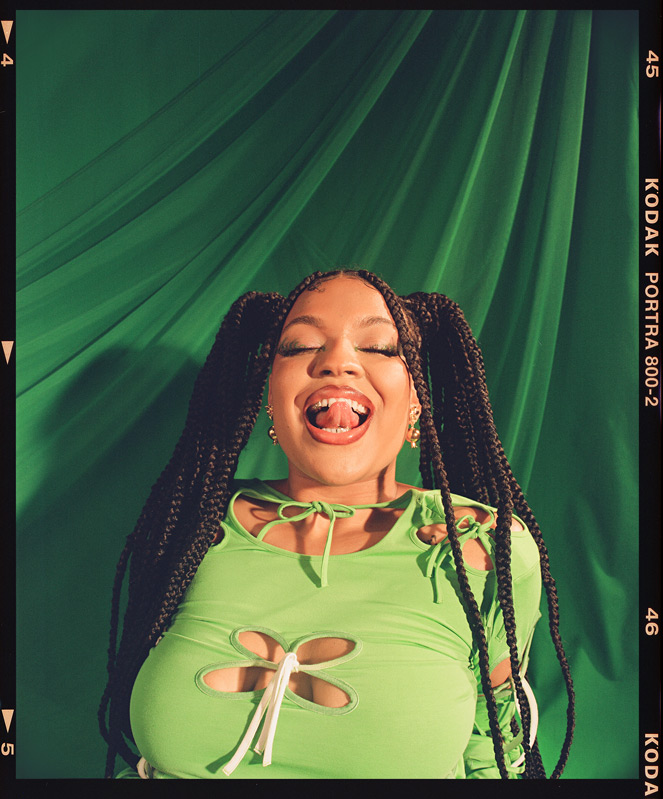
Petal Long Sleeve J.kim. Trousers and bolero Jacket 100% Silk Brand. Earrings Mondo Mondo. Boots Models own
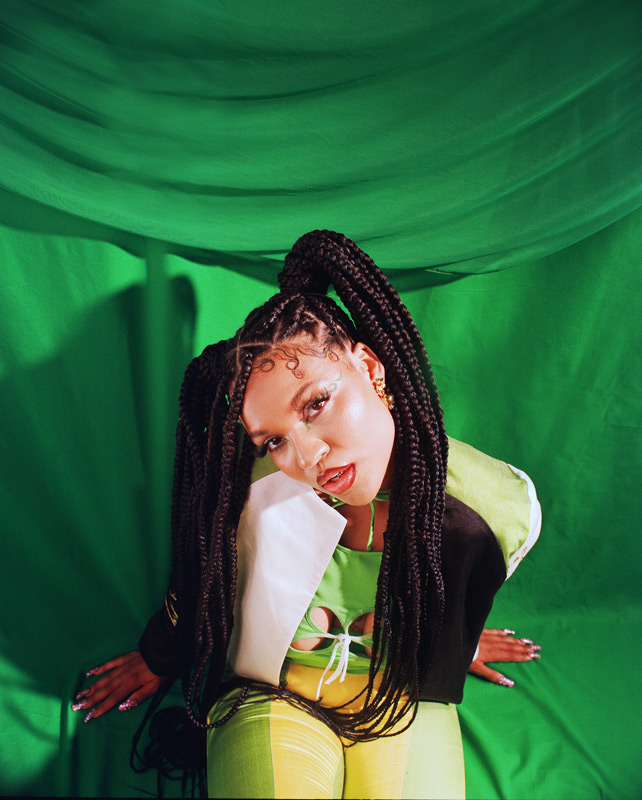
Where, who or what do you pull your style inspiration from?
Part of the reason why I named the album SHAPESHYFTER was not just because every song is a different genre and the album itself was kind of shape shifting, but because I'm actually a shapeshifter in real life. It happens to me a lot where I'll be in public, standing in front of a friend who I've known for years, and they'll kind of look past me as if I'm a person that they've never seen before. Then I wave or do something to get their attention and it takes them a second and then they recognize me. It's happened to me a lot of times where I'll be at a party and someone who I've met 100 times over the years will reintroduce themselves because they don't recognize me. Because I'm interested in so many different things, I pull inspiration from so many different places and my wardrobe reflects that. I'm super into 80s punk fashion but I'm also super into modern fashion. I read a lot of fashion magazines, I'm really into skate fashion, everything I do is a little bit on the grungy side but I'm also really into the designers around me and the things that they're making. I love thrifting. I spent a good part of my younger years on Tumblr so I'm pretty well versed with Gautier, Mugler, Alexander McQueen and Junya Watanabe. I like fashion that is really intricate, but also kind of campy, fun, bright but also a little creepy and scary.
What would you say keeps you grounded to yourself or to and with your community?
I've spent so much time locked in a room making things for so much of my life. I very intimately know who I am, and I was very, very intimately aware of the dynamic in the communities that I function in and how I fit into those dynamics. I think that if I do get a little ahead of myself, feel a little flustered or lost it's easy to regroup because I have this core of my being that is always steady and constant throughout life, despite the changes that might be happening outside of me.
What is the next stage of evolution for you with music?
I am working on a follow up right now. We're in the studio currently recording it. The demos are pretty much done. You can expect something that has a similar story arc to SHAPESHYFTER but is kind of elevated. I feel like this next project is more intentional and has more depth and breadth to it than SHAPESHYFTER does. I feel like I've gotten better on all fronts: I’m a better producer, I'm a better writer and my concepts are better. I'm really excited to show people the growth and the evolution and I think that if you like shift SHAPESHYFTER then you'll love the follow up.
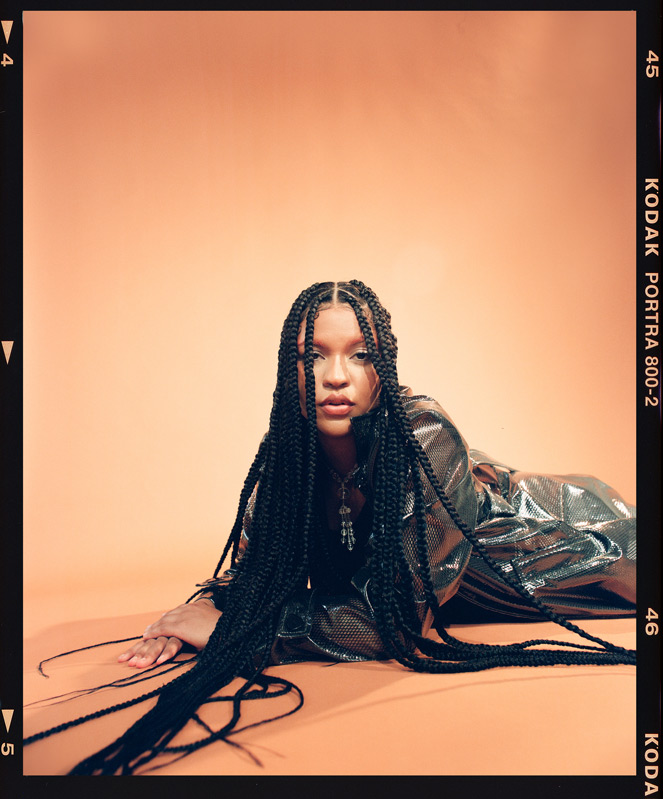

What are your thoughts, if any, on legacy: who you are as an artist, the communities that you're part of and what today in this moment might mean for the future?
As far as legacy goes, I think that it's really important for me not to pigeonhole myself. So that I give myself the freedom to change as a person. I feel like if you start out as a serious political artist then you waver from that in the future and decide that you want to make fun music, the people who love you aren't going to allow you to do that. I feel like it's the same way if you are this party artist and then suddenly decide that you want to speak on important issues. I don't think that people are very open or welcome to change if they're comfortable with something. I wanted to introduce myself with SHAPESHYFTER as an artist where the only thing that you can really expect for me is that I will change.
The only constant that you can really hold on to is that it's gonna be different next time. So as far as legacy goes, I think that that's what I want to leave behind. Who knows? I might want something different from myself five to ten years from now. I always want to keep those options open.
A lot of it remains to be seen as far as the communities that I operate in and the world around us. I do read tarot cards, but I'm not a future teller. I hope that I can offer a place of adventure and mystery that people can disappear into when they feel like it. I can be a source of of fun and not escape because I don't like people ignoring the world that's happening around them, but maybe a place that mimics the world for all that it can be: the darkness and the fear, but also the light and the joy, the silliness of it all, the parts of it that are a joke and the parts of it that make you so happy that you want to cry. I hope that I can kind-of encompass a little bit of every part of everything.

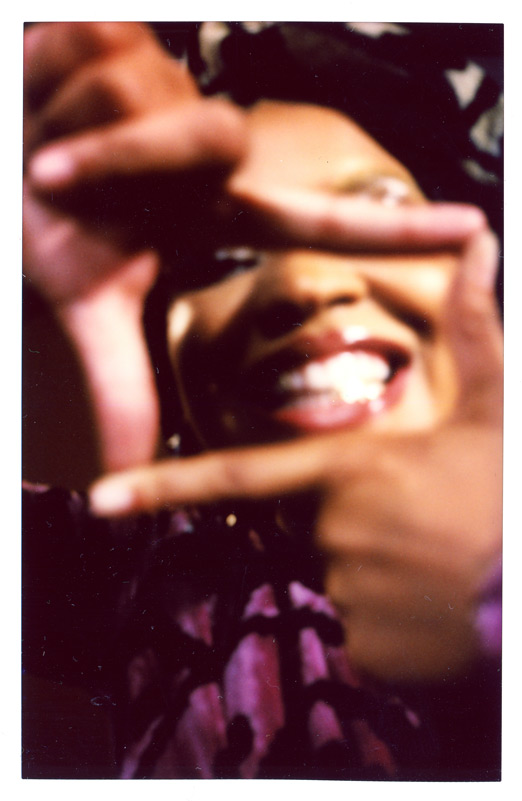
SHAPESHYFTER
IN CONVERSATION WITH MYST MILANO
Featuring Myst Milano
CREATIVE DIRECTOR Tré Akula
STYLIST Bobby Bowen
PHOTOGRAPHER Jorian Charlton
Photo assist Joshua Rille
BTS Photographer Chinelo Yasin
MUA Rahnell Branton
Hairstylist D’Andra Morris
Interviewer Sharine Taylor
Shot At Capsul.Studio
Special Thanks 100% silk shop
& 96 tears vintage
